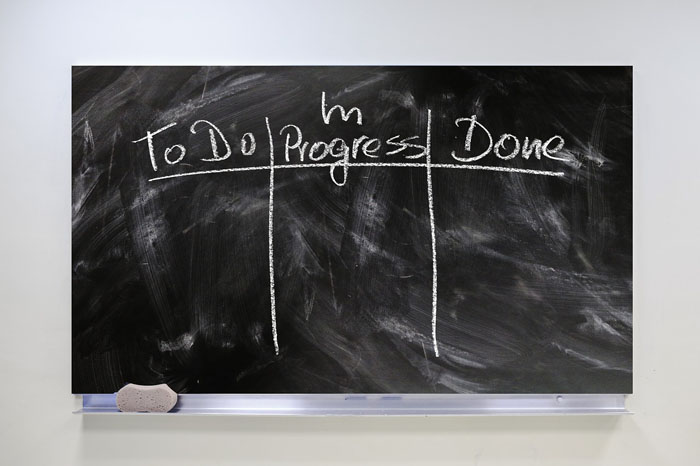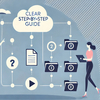
People like to think that they got rid of Waterfall for good, while in reality, many companies are still performing somewhere in between Waterfall and Agile. Nevertheless, even if you feel like you can’t call what your company is doing pure Agile, you need to be prepared to face what this new model is going to bring.
Just as a reminder, Waterfall is a development model where product development goes through well-defined stages. So, processes in Waterfall are quite rigid. Things are quite different in Agile, where work is done in sprints(those last couple of weeks on average) which allows more changes during development.
The Waterfall model is the pioneer of SDLC and was used widely in software development as it did its job of ensuring the success of a development project rather well.
The Agile model is definitely not perfect, but the current market trends require velocity and Waterfall couldn’t vouch for that. Rapid delivery and customer satisfaction are the primary goals of Agile which sounds pretty awesome! But, achieving agility can be a difficult task. Let’s take a look at how technical writers should choose their main documentation writing tool to fit into the development models.

What You Should Expect from a HAT in Agile
Agile is much more demanding in terms of help authoring software. All writing processes are tied to development, and development in Agile is very intense. Having all the features we are about to mention works just as great for Waterfall. But the difference is you won’t survive without them in Agile. Or, rather your existence will be really bitter 🙂
At the very least, it’s nice to have single-sourcing. Without it, you will not be able to keep up. Actually, you still can do that but the amount of resources that need to be allocated to making changes manually is unreasonable.
Another feature that guarantees velocity is the ability to publish separate help topics as soon as they are ready without the need to wait for all topics in a sprint to be ready. ClickHelp has this feature and that is a go-to functionality for any software documentation tool that wants to survive in the Agile world.
One more thing that will be extremely important for technical documentation maintenance is a convenient way to update images in help topics. Updating screenshots is a dreaded task where just setting up an environment can take a lot of time, so you want to make sure that at least your help authoring tool won’t give you any trouble. By the way, in ClickHelp, updating images is a simple drag-and-drop action.
And, we can’t help but mention the importance of being able to set up a convenient workflow for your team. This is a must-have for teams of any size!
Conclusion
If you’re just working in a documentation team writing help topics, you are not the one to choose which development model is going to be used in your company. So you’ve got to be flexible and play the hand you are dealt. What you can influence though is how your own work process is organized. And by being flexible we mean just that – the ability to fine-tune your workflow and find better ways of doing things in the given circumstances.
Good luck with your technical writing!
ClickHelp Team
Author, host and deliver documentation across platforms and devices



